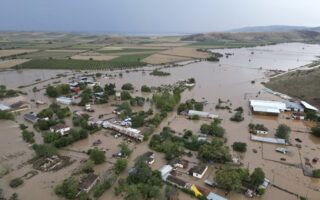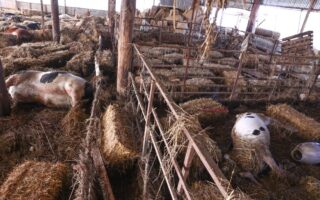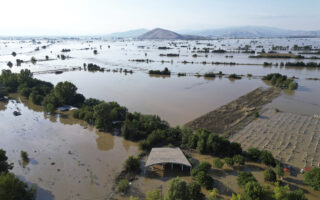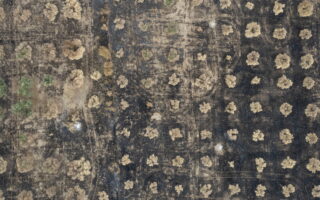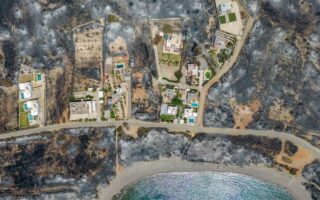Thessaly pondering life after the mud
The productive base of the plain, the country’s largest, will have to be built from scratch
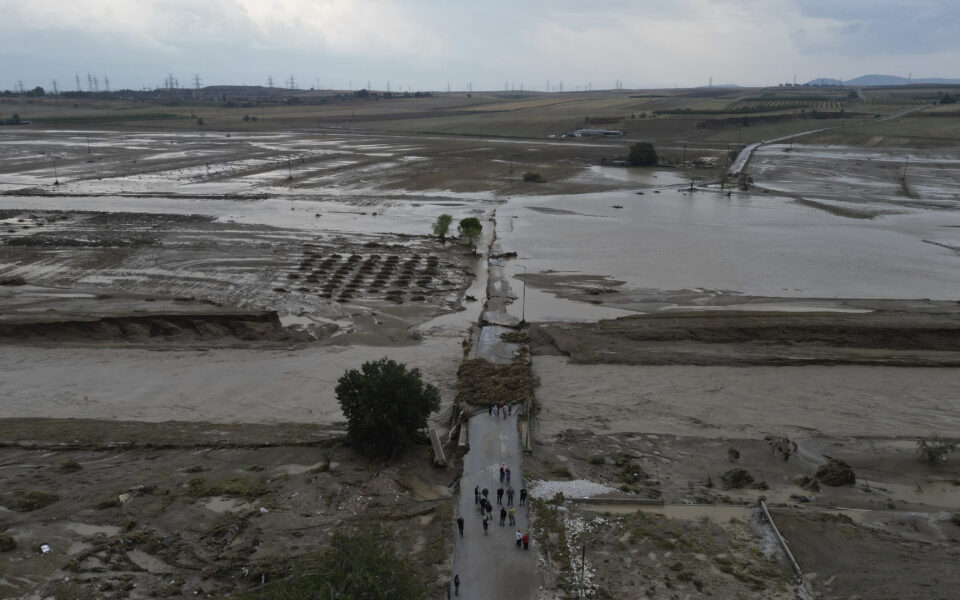
With at least seven villages still under water at the weekend and thousands of Thessaly farmers not anticipating any income for the coming months, it is very likely that they will decide to abandon agricultural production for good.
Much of the livestock has been destroyed, and the soil will long remain unsuitable for farming in the region of Thessaly. Of the 72,000 hectares that were flooded, the most part is agricultural land. More than 85,000 animals have drowned and their shelter has been destroyed. At the same time, factories for processing agricultural products have been buried under the mud. Furthermore, the destruction of the road network makes it extremely difficult to transport the agricultural products that have been salvaged.
The knock-on effect of these problems will spread and affect the whole country, with rising prices and shortages of basic products.
It is clear that the production model in Thessaly will have to be rebuilt from scratch.
The model of exploitation of natural resources in Thessaly has been testing the strength of the ecosystem for decades.
The region has experienced water overflows and increasing soil erosion, and there are clear signs of desertification. There have been increasing fertilization and water needs, while the diversion of the Acheloos River, which would have saved the plain, has destroyed any notion of ecological balance. Billions have been spent on anti-flooding projects, but this time they have not even managed to limit the scale of the disaster.
Thessaly accounts for 5.5% of the country’s GDP in agricultural products and is increasingly in need of water.
The disaster is seen as an opportunity to do things differently, building a system more resilient and sustainable in the face of the climate crisis.
In comments to Kathimerini, experts have noted that the management of natural resources on the Thessaly Plain had failed before the disaster.
The water table was in danger of being depleted while they also stressed that the monumental anti-flooding projects had been wrongly planned. Restoration, they insisted, must be based on a new model, incorporating experience from past mistakes. More specifically, they stressed that this must be done not only with infrastructure resistant to climate crisis conditions, but also possibly with new types of crops, and even with the relocation of settlements.
